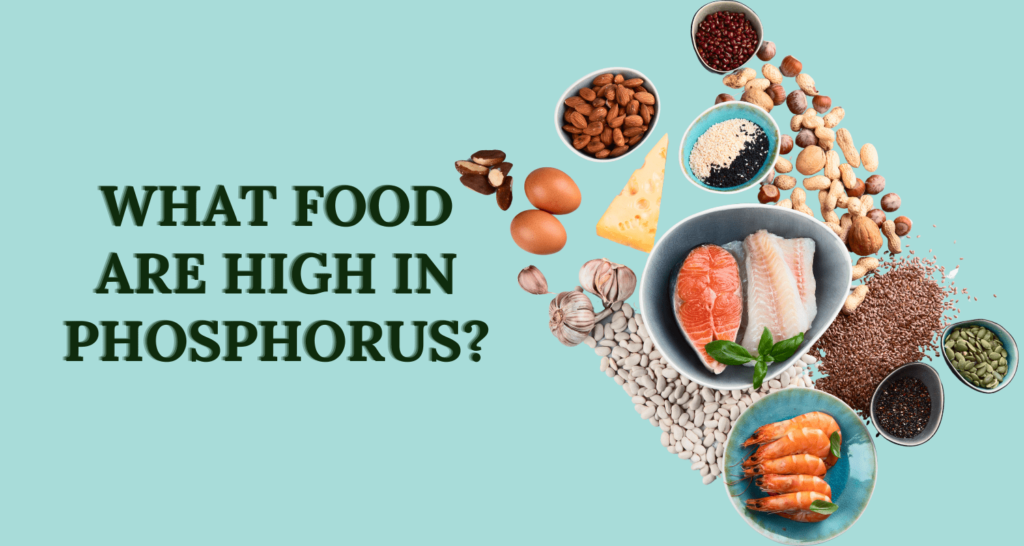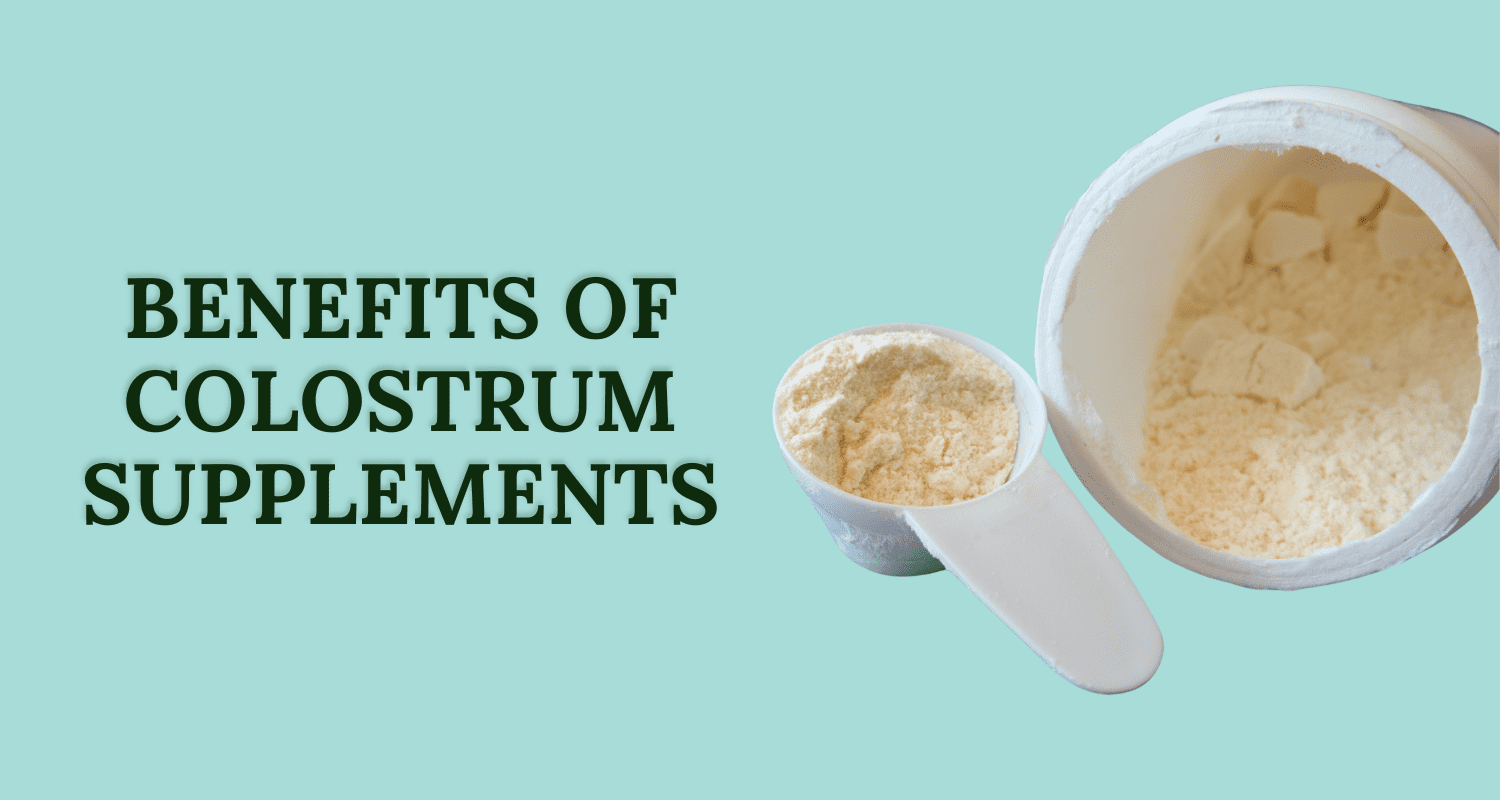Did you know that phosphorus is crucial for your body’s well-being? It helps with strong bones, nerve health, and keeping cells healthy.
You might wonder, what foods are high in phosphorus? Let’s find out.
Phosphorus comes in two types of food. Organic phosphorus is in foods like meats, fish, nuts, and dairy. This type naturally occurs in these foods. Inorganic phosphorus is in fast foods, ready-to-eat meals, and many processed foods. It’s added as an extra or a preservative.
Knowing the phosphorus in foods helps you choose well. This way, you keep your body’s phosphorus levels just right. It’s all about making smart food choices for your health.
In this article, we’ll explore what foods are high in phosphorus and why it is important for optimal wellness.
Let’s delve into what foods are high in phosphorus.
Key Takeaways:
- Phosphorus is key for your body’s functions.
- It shows up in both natural and added forms in food.
- What foods are high in phosphorus? Foods like meats, nuts, and dairy have natural phosphorus.
- Inorganic phosphorus is in processed and fast foods.
- Choosing your food wisely can manage your phosphorus levels.
Why is Phosphorus Important for Your Health?
Phosphorus is a key mineral for our health and well-being. It helps many body systems work well. These include the organs and processes that keep us going strong every day.
Supports Musculoskeletal Health
Phosphorus is essential for your bones and teeth. It works with calcium to make a strong compound called hydroxyapatite. This compound gives bones and teeth their structure and strength. It’s crucial for the growth and health of your skeletal system throughout life.
Aids in Muscle Contraction
Phosphorus is also vital for muscle movements. It helps produce ATP, which is like the body’s energy currency. Muscles need this energy to contract and let us move. So, phosphorus is key for our muscles to work correctly.
Maintains Healthy Cells and Tissues
This mineral is important for cell health and repair. Phosphorus is part of DNA, RNA, and many cell structures. It supports the growth and renewal of our cells and tissues.
Supports Blood Health
Working with iron, and phosphorus ensures our blood carries oxygen well. It helps make red blood cells and move oxygen to all our tissues. This is key for overall blood health and function.
Knowing about phosphorus helps us make good health choices. Including phosphorus-rich foods in our diet is crucial. It keeps our phosphorus levels right and supports our body’s many functions.
What is a Safe Blood Level of Phosphorus?
To stay healthy, it’s important to keep your phosphorus levels safe. The right level can change from person to person based on health and other factors. But, in general, the safe range is pretty consistent. Keeping your blood phosphorus in check is key for good health.
The right amount of phosphorus means you’re less likely to have health problems. Keeping it in the safe range helps your body work well and keeps you healthy.
But what exactly constitutes a safe blood level of phosphorus?
Normal Phosphorus Levels in the Blood
The exact normal range for blood phosphorus can vary a bit. Still, a healthy range is usually between 2.5 and 4.5 mg/dL.
High or low phosphorus can be bad for your health. Too much can cause muscle cramps and other issues. Too little might make you feel weak or affect your breathing.
It’s vital to keep your blood’s phosphorus in the right range. This avoids problems and keeps you feeling your best.
Monitoring and Maintaining Phosphorus Levels
Regular checks are important for keeping your phosphorus levels right, especially if you have conditions like kidney disease. Doctors can do blood tests and help you keep your levels in check.
What you eat, the meds you take, and your health conditions can all affect blood phosphorus. Managing these may involve changes in your diet, lifestyle, or taking certain medications.
If you have kidney disease or need very careful monitoring, a doctor or dietitian can provide personalized advice. They specialize in keeping your phosphorus levels healthy.
Phosphorus-Rich Foods to Include in Your Diet
It’s key to eat various phosphorus-rich foods daily. These foods supply essential phosphorus and help your health in many ways. They also bring other essential nutrients to the table.
1. Seafood
Seafoods like salmon, trout, and shrimp are top sources of phosphorus. They are also full of protein and omega-3 fatty acids. Omega-3s are great for your heart.
2. Dairy Products
Milk, yogurt, and cheese are packed with both calcium and phosphorus. Choose low-fat or non-fat options for a healthier choice.
3. Lentils
Lentils offer protein, fiber, and significant phosphorus. These legumes are a fantastic addition to any diet for their nutrients.
4. Poultry
Chicken and turkey hold a lot of phosphorus and are low in fat. Picking skinless options lowers saturated fat intake.
5. Peas
Peas, fresh or frozen, are rich in vitamins and minerals. They’re also high in phosphorus. Use them in many dishes to up your nutrient intake.
- Include a variety of seafood, such as salmon and shrimp, in your diet to boost your phosphorus intake.
- Choose low-fat or non-fat dairy products like milk and cheese to incorporate more phosphorus into your meals.
- Experiment with lentils in dishes like soups, stews, or salads to enjoy their phosphorus-rich benefits.
- Opt for skinless poultry, such as chicken or turkey, to reduce saturated fat content while still getting a good amount of phosphorus.
- Add peas to your meals for a nutritious and phosphorus-rich vegetable option.
What foods are high in phosphorus? To keep your phosphorus at the right level, it’s important to eat these foods. Always talk to a healthcare pro or dietitian for the best food choices for you. They can offer advice that fits your health and goals.
Lower Phosphorus Alternatives to Consider
If you have to watch your phosphorus intake, there are many options for you. These alternatives can help you stick to a low-phosphorus diet. This way, you can still eat tasty and nutritious foods.
1. Fresh Fruits and Vegetables
Choose fresh fruits and veggies for a diet low in phosphorus. They are packed with vitamins, minerals, and fiber. Mix in a variety to keep your meals healthy and interesting.
2. Rice Milk
Rice milk is a good non-dairy option that’s low in phosphorus. It can replace dairy milk in recipes or be enjoyed by itself. Make sure it’s fortified with calcium and vitamin D for extra nutrients.
3. Breads, Pasta, and Rice
Choose white or whole grain varieties for bread, pasta, and rice. They have less phosphorus than whole wheat ones. Remember to watch your portion sizes and add low-phosphorus proteins, veggies, and fats for a complete meal.
4. Fish
Fish like salmon and trout are low in phosphorus and high in omega-3s. These are great for your health. Cooking fish by grilling, baking, or steaming keeps their nutritional value high and their phosphorus low.
Adding these foods to your diet can make eating healthy fun and tasty. But always talk to a doctor or dietitian for the best advice. They can help tailor your diet to your health needs.
Foods to Limit or Avoid High in Phosphorus
Phosphorus is key to your health. But, too much can cause problems, especially if you have health issues. It’s smart to watch your intake of foods rich in phosphorus. To stay healthy, try to cut down or skip foods high in phosphorus.
High Phosphorus Foods to Avoid:
- Dairy foods: Milk, cheese, yogurt, and ice cream.
- Beans and lentils: Kidney beans, black beans, lentils, and split peas.
- Nuts and seeds: Almonds, walnuts, sunflower seeds, and pumpkin seeds.
- Bran cereals: Bran flakes, bran muffins, and whole wheat bread.
- Colas: Regular and diet colas.
Dairy, beans, nuts, seeds, and colas are everyday foods but have a lot of phosphorus. If you have kidney problems or other health issues that affect phosphorus, be careful. Talk to a healthcare pro or dietitian about these foods.
Phosphorus-Filled Foods to Limit:
There are more foods with medium phosphorus levels. They should be eaten in small amounts:
- Whole grains: Quinoa, whole wheat pasta, and brown rice.
- Poultry: Chicken and turkey.
- Eggs: Including egg yolks.
- Fish: Sardines, salmon, and trout.
- Soy-based products: Tofu and soy milk.
Knowing about and controlling your high-phosphorus foods is important. It helps keep your phosphorus levels right. Always ask a healthcare professional or dietitian for advice. This is crucial if you have health problems.
The Role of Medications in Phosphorus Control
Sometimes, doctors prescribe medications to manage phosphorus levels. These meds, called phosphorus binders, are key to keeping phosphorus in check.
Phosphorus binders attach to phosphorus in the gut, stopping it from getting into the blood. This process helps get rid of too much phosphorus and keeps levels right. Taking these medicines as your doctor says helps you control phosphorus and stay healthy.
Remember, always follow your doctor’s advice when taking phosphorus control meds. They will customize your dosage and how often you take them to fit your health needs.
Benefits of Phosphorus Binders:
- Helps regulate phosphorus levels in the blood
- Reduces the risk of complications associated with high phosphorus levels
- Supports overall kidney health
Doctors typically give phosphorus binders to those with chronic kidney disease and similar issues. They are crucial for managing phosphorus and warding off problems.
If you have any worries or feel side effects from these meds, talk to your doctor. They can help and change the treatment if needed.
Also, remember to eat foods low in phosphorus while on these meds. Working with your healthcare team helps you take control of your health and keep well.
Consult a Healthcare Professional or Dietitian
Getting help from a healthcare expert or a kidney dietitian is key for managing phosphorus. They give advice tailored to you for what foods are high in phosphorus or low. This advice fits your health needs and goals.
A kidney dietitian is focused on helping people control phosphorus. They are experts in nutrition for those with kidney issues. Talking to them ensures you eat well while watching your phosphorus.
In a consultation, the expert will look at your health and how you live. They will create a diet plan just for you. This plan will show you what high phosphorus foods to cut back on. It’ll also give you ideas for lower phosphorus foods.
These professionals will also check your phosphorus levels with blood tests. This helps them see if the diet changes are working. They make sure you are on the right track to staying healthy.
It’s vital to stick to the advice your healthcare professional or dietitian gives you. By making their tips part of your routine, you can take control of your phosphorus. This way, you keep healthy and well.
Conclusion
What foods are high in phosphorus? Keeping phosphorus in check is key to good health. Know where phosphorus comes from and pick your foods wisely. Talk to healthcare pros for personalized advice. They can help you adjust your phosphorus intake.
Eating phosphorus-rich foods can keep your levels right and help your body work well. Foods like seafood, dairy, lentils, and poultry are full of phosphorus. But if you need to cut back, try options like fresh fruits and veggies, rice milk, and fish.
Getting professional advice is a smart move for handling your phosphorus. With the right help and information, you can stay healthy and in balance.
FAQs
What foods are high in phosphorus?
Foods high in phosphorus include dairy products, meat, fish, nuts, seeds, and whole grains.
What foods should I avoid if my phosphorus is high?
If your phosphorus is high, avoid processed foods, organ meats, dairy products, and cola drinks.
What foods are low in phosphorus?
Foods low in phosphorus include fresh fruits, vegetables, rice, and refined grains.
Are eggs high in phosphorus?
Yes, eggs contain a moderate amount of phosphorus, primarily in the yolk.
How can I lower my phosphorus quickly?
Lower phosphorus quickly by reducing intake of high-phosphorus foods and following medical advice, including phosphate binders if prescribed.
How to remove phosphorus from the body?
Phosphorus can be removed from the body through medications called phosphate binders, which prevent absorption in the digestive tract, and through dialysis in patients with kidney failure.
What are 4 foods that are rich in phosphorus?
Four foods rich in phosphorus are dairy products, fish, nuts, and seeds.
Disclaimer: This content, including advice, provides generic information only. It is not a substitute for a qualified medical opinion. Always consult a specialist or your doctor for more information. Nutrition Cult does not claim responsibility for this information.




